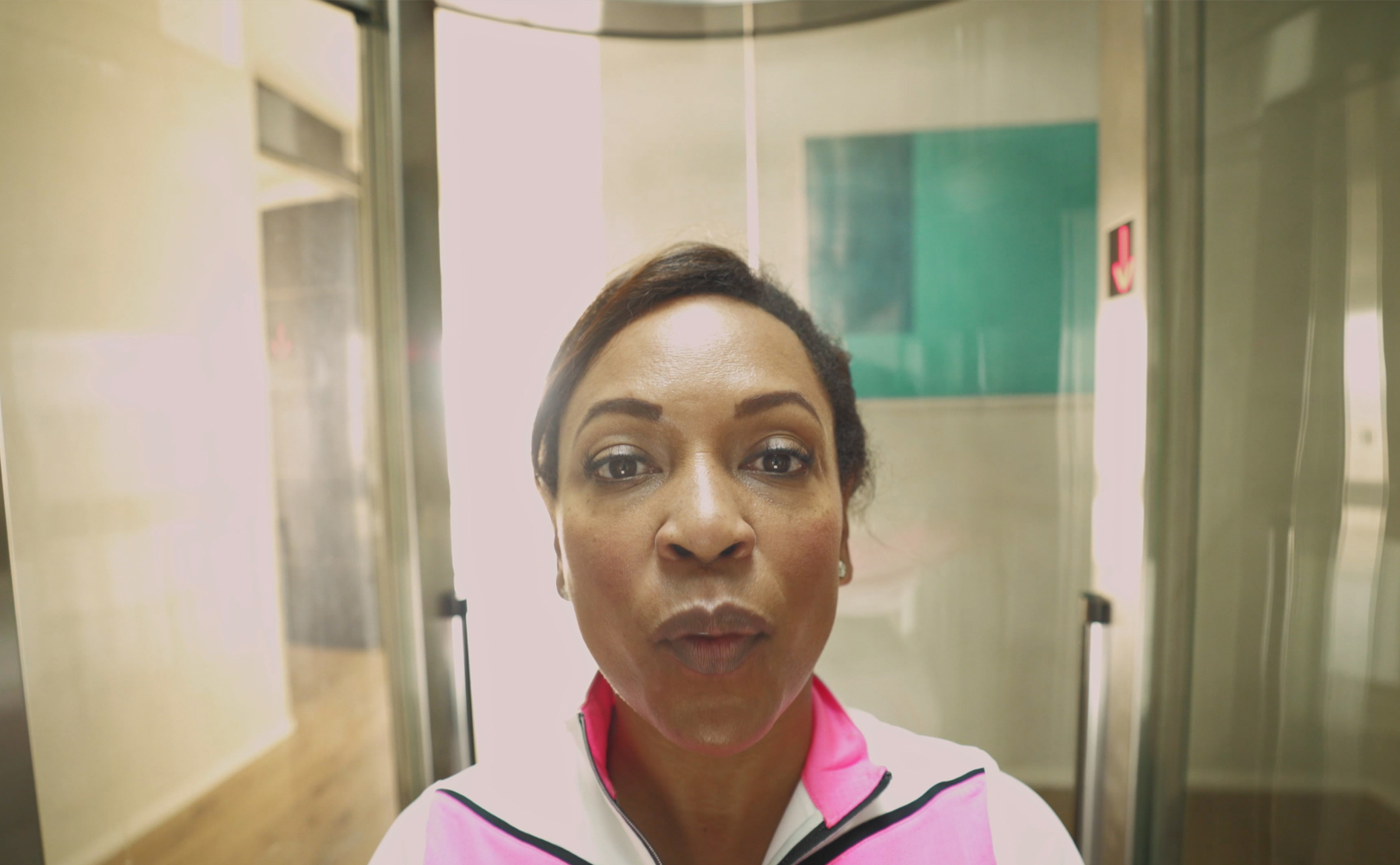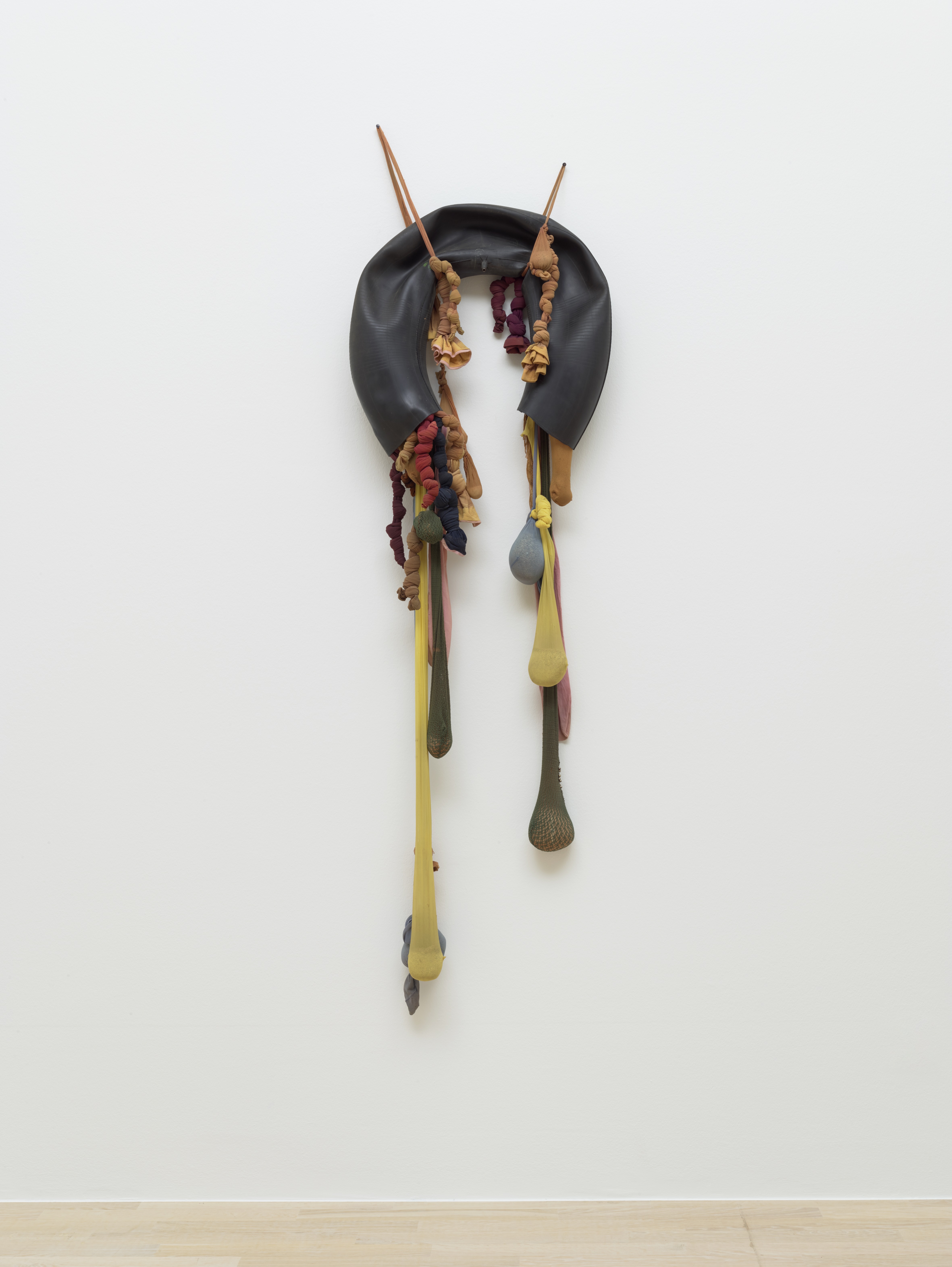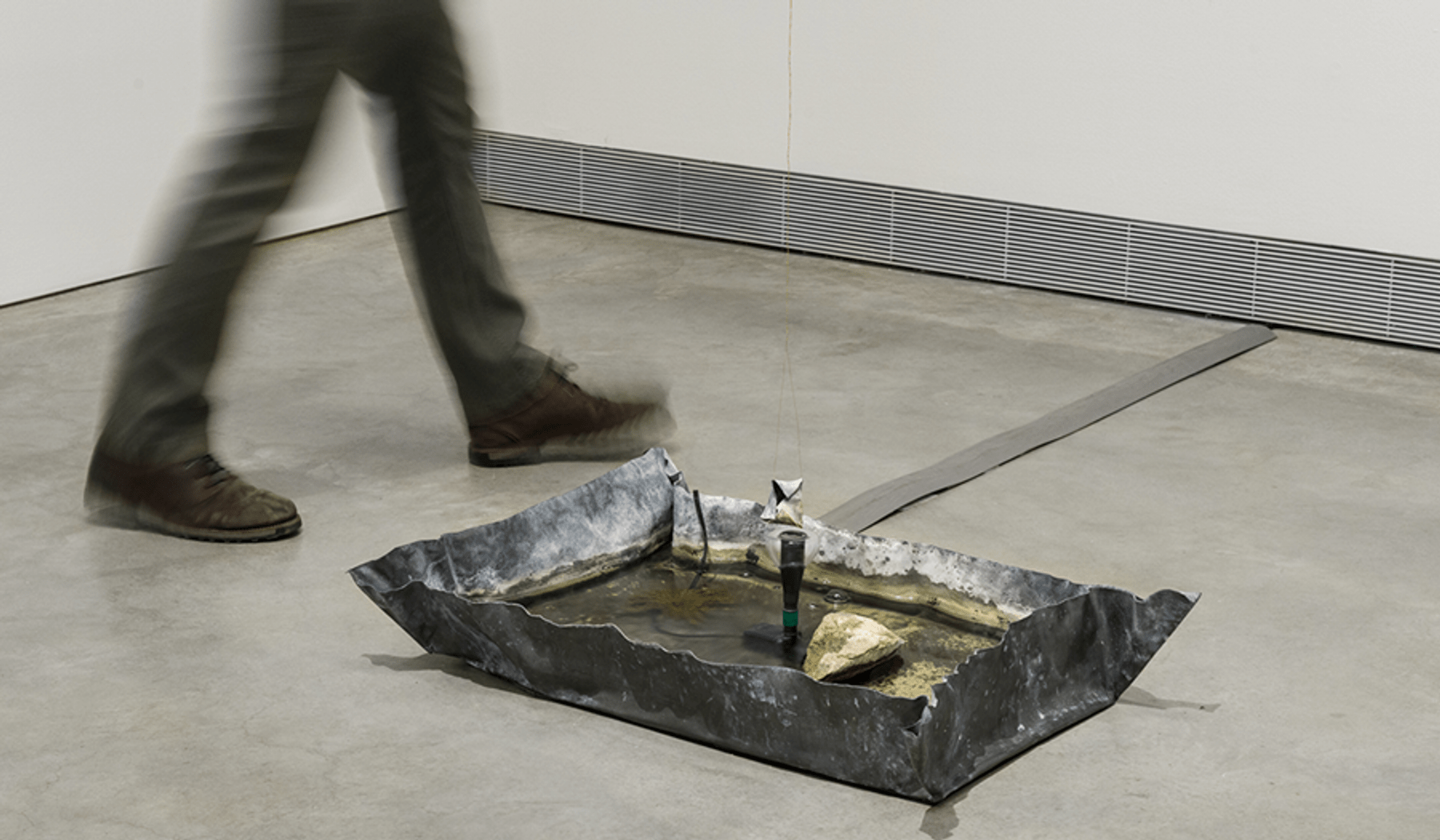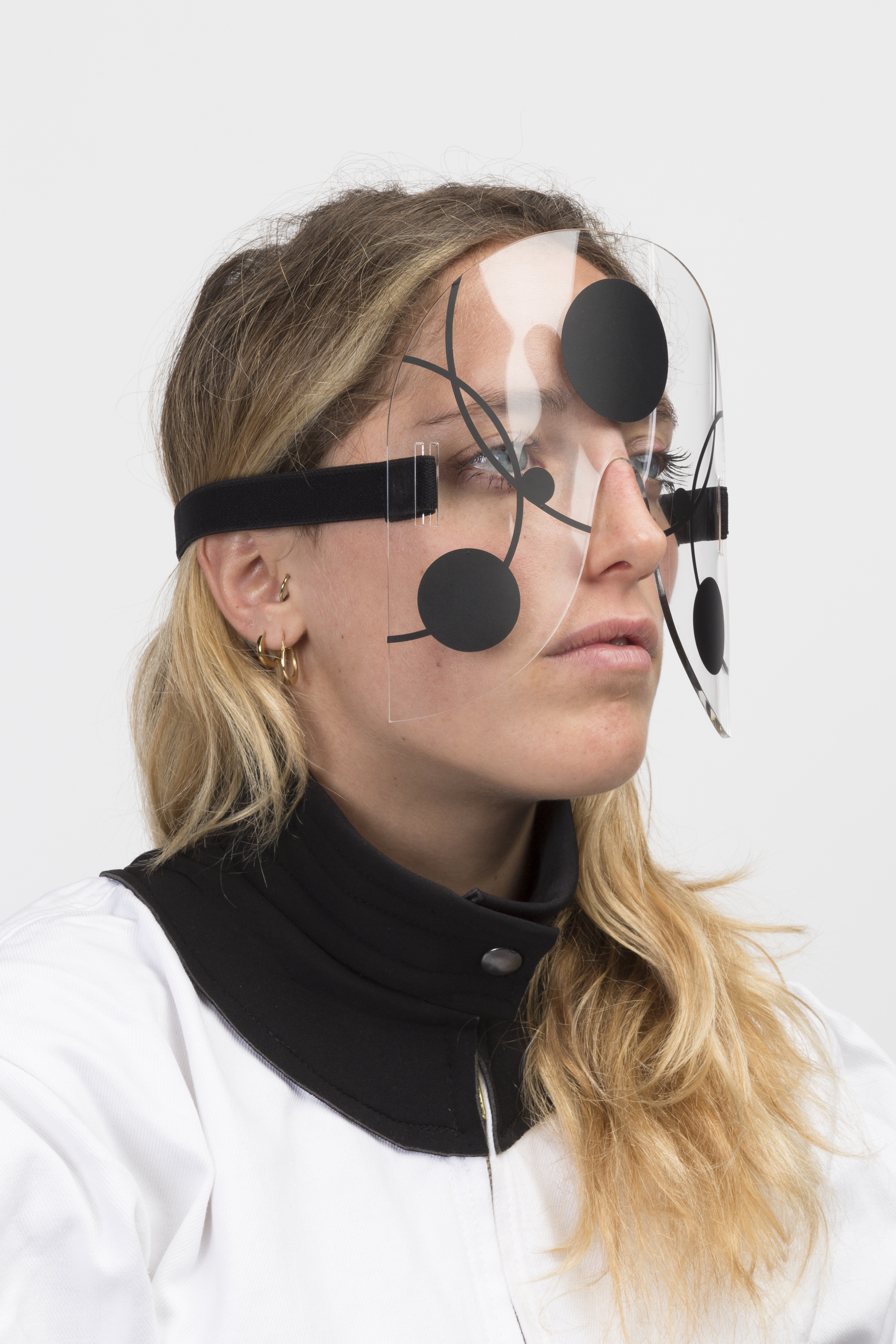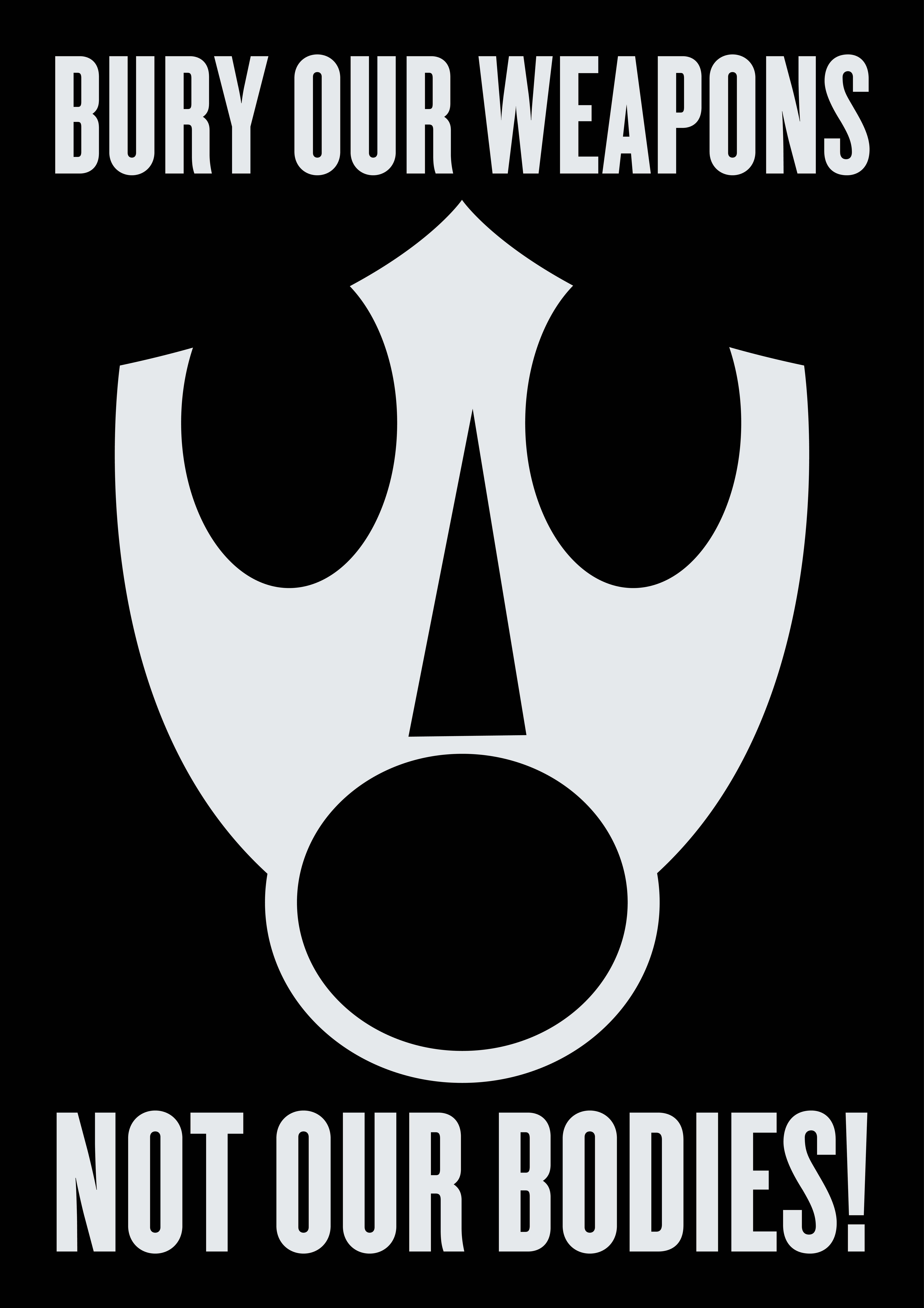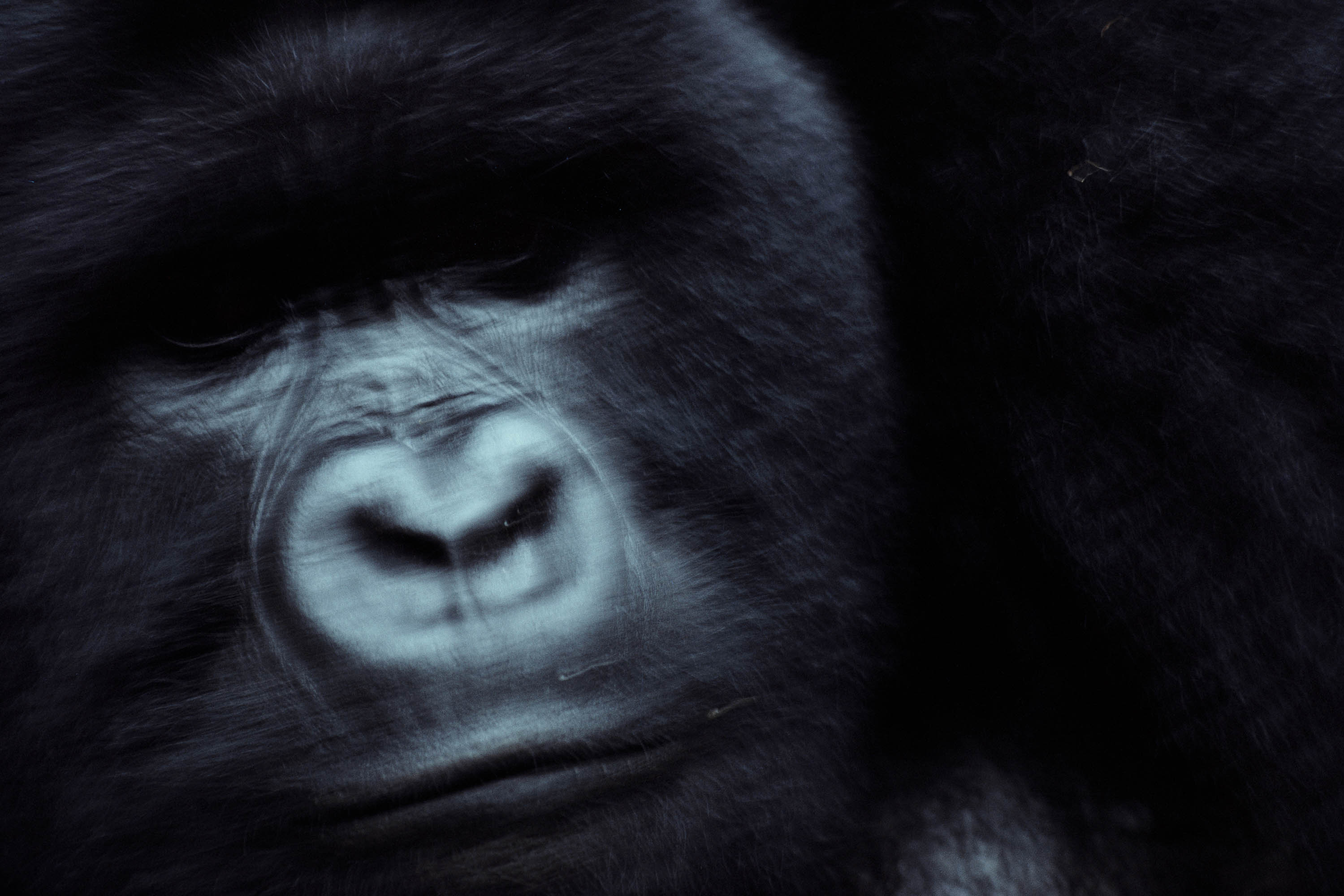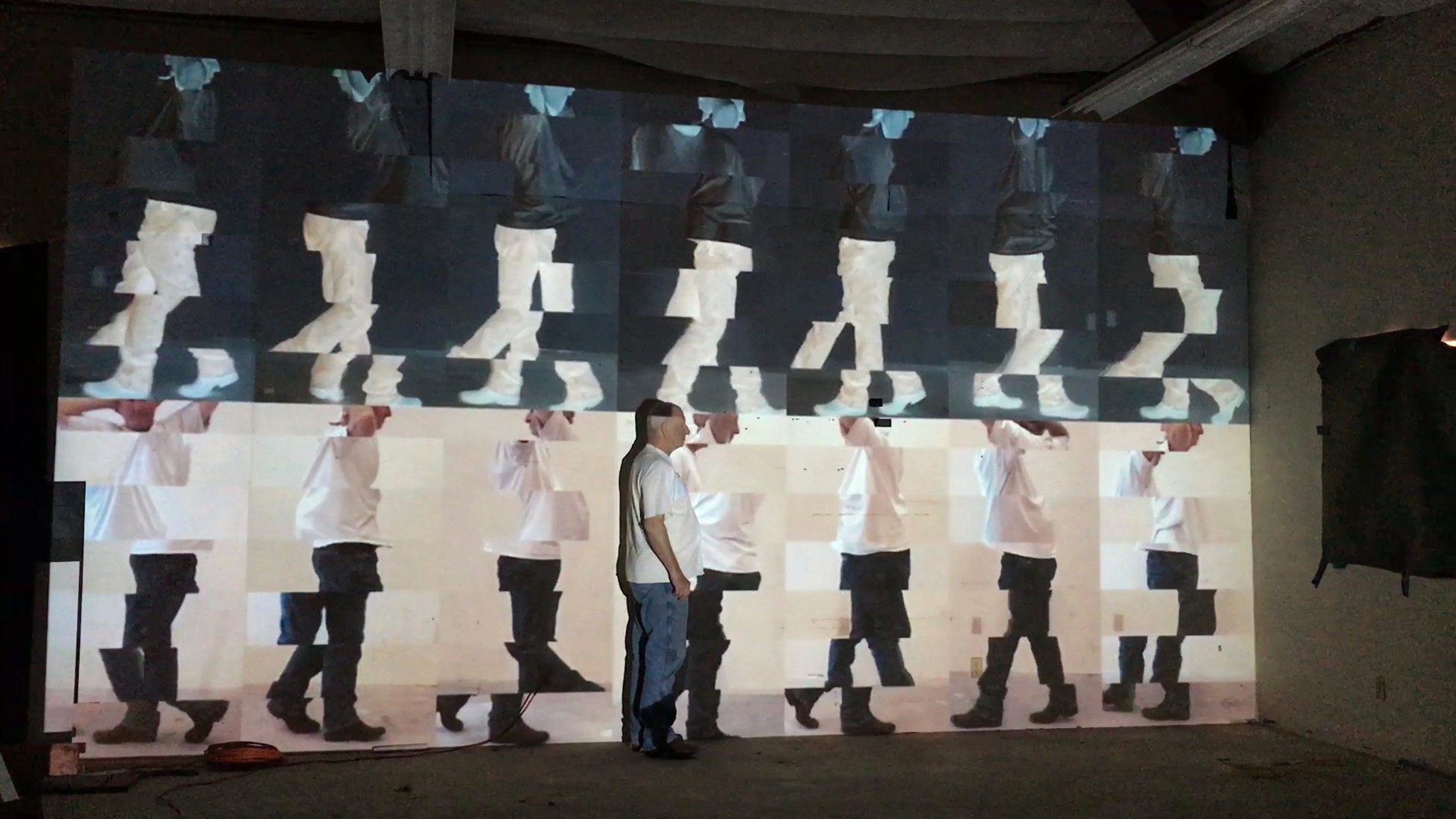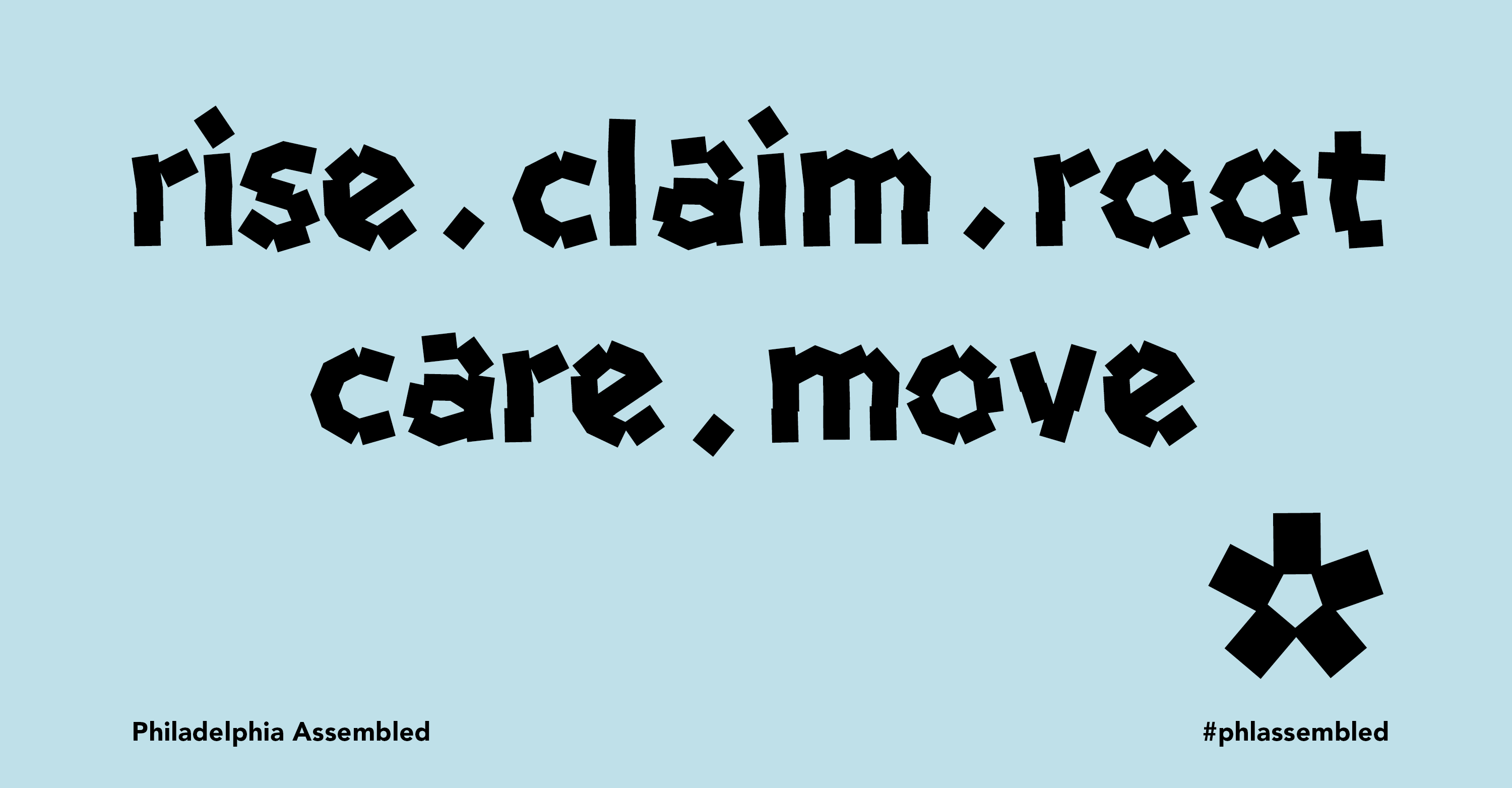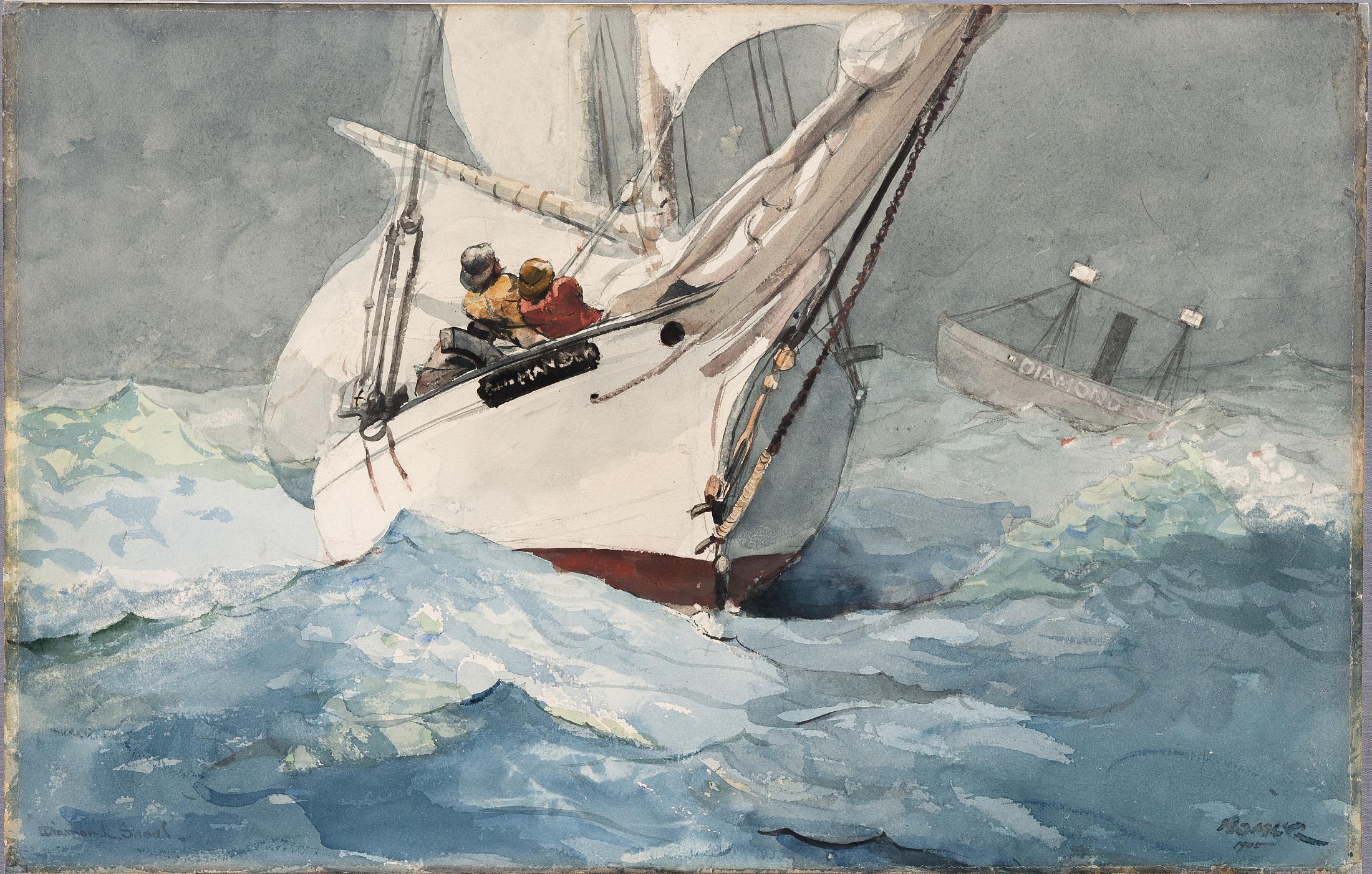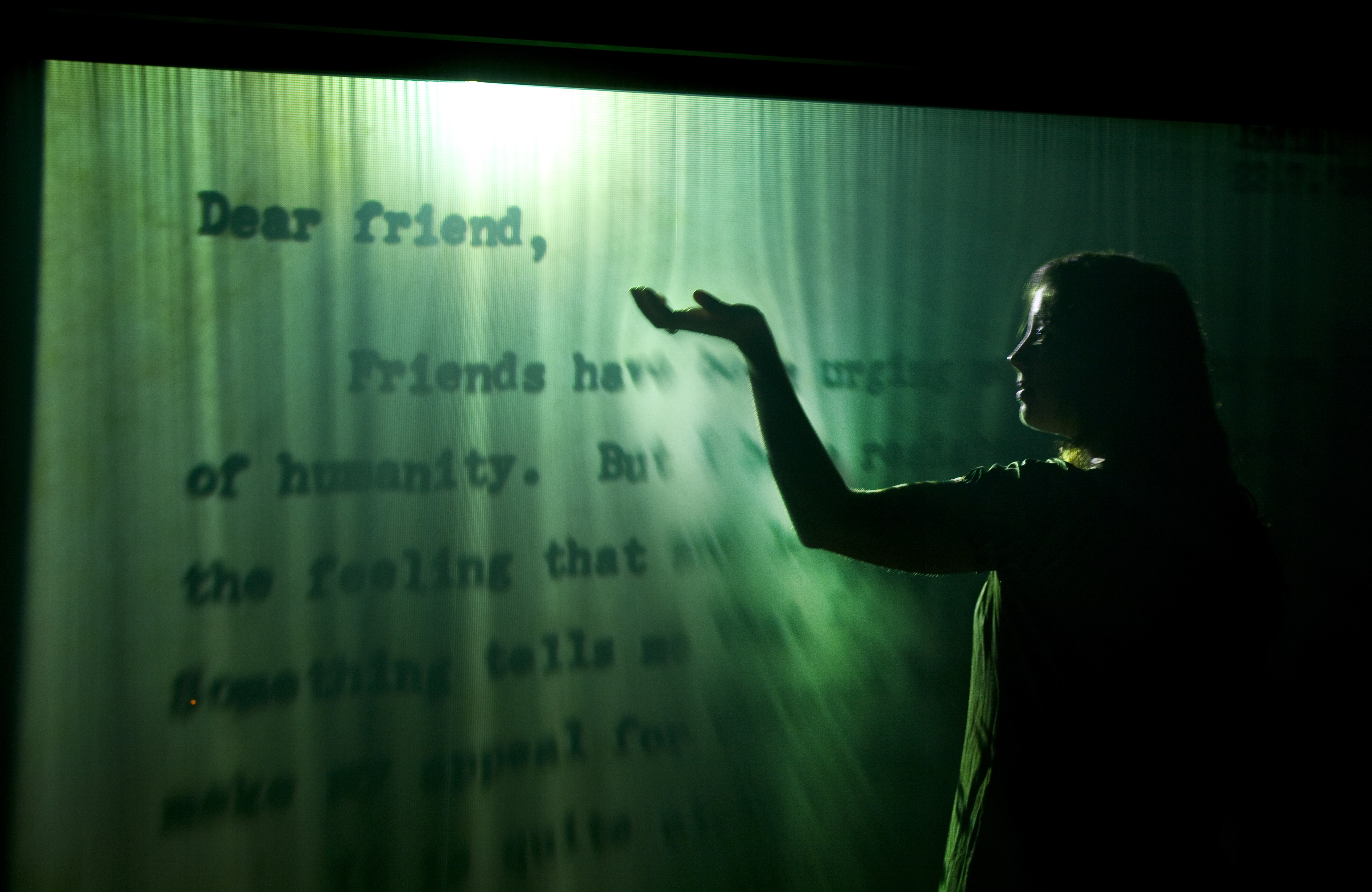Dancing Around the Bride
Cage, Cunningham, Johns, Rauschenberg, and Duchamp
October 30, 2012–January 21, 2013
The Philadelphia Museum of Art
2600 Benjamin Franklin Parkway
Philadelphia, PA 19130
Examining one of the most important chapters in the history of contemporary art, Dancing around the Bride is the first exhibition to explore Marcel Duchamp’s American legacy by tracing his interactions and exchanges with four postwar masters: composer John Cage, choreographer Merce Cunningham, and visual artists Jasper Johns and Robert Rauschenberg. The exhibition will feature over one hundred works, including more than sixty by Johns and Rauschenberg and more than forty by Duchamp, as well as prerecorded and live music by John Cage and live performances of choreographies by Merce Cunningham. Many of these works will be seen together for the first time and reflect the artists’ multiple levels of engagement across the disciplines of art, dance, and music.
“As the Philadelphia Museum of Art holds the world’s largest and most significant collection of works by Marcel Duchamp, it is only fitting for the Museum to present this first exhibition juxtaposing works by Cage, Cunningham, Johns, and Rauschenberg with one another and exploring their complex and vitally important relationship to Duchamp,” says Timothy Rub, the Museum’s George D. Widener Director and Chief Executive Officer. “This multidimensional and interdisciplinary show will enable visitors to experience and more fully appreciate one of the most exciting and momentous periods in the history of modern art.”
Setting the direction for many subsequent developments in contemporary art, Duchamp famously questioned the very definition of art, probing the distinction between art and life, turning to chance rather than fixed ideas about taste and aesthetics, and utilizing everyday objects not only in the creation of his work, but as objects of art themselves. Encountering Duchamp and his work at various moments during the early stages of their development, Cage, Cunningham, Johns, and Rauschenberg each embraced key aspects of Duchamp’s ideas and artistic practices and, by doing so, reinvigorated Duchamp’s own reception in the United States from the 1960s onward. The exhibition will highlight formative moments such as Johns and Rauschenberg’s 1958 visit to the Philadelphia Museum of Art to see Duchamp’s The Bride Stripped Bare by Her Bachelors, Even (The Large Glass) (1915–23), one of the Museum’s greatest masterpieces and the source for this exhibition’s title.
In addition, the curators are collaborating with French artist Philippe Parreno, who is responsible for the exhibition’s mise en scène, or its visual and spatial organization. Parreno—whose own film and installation work examines conditions of looking, temporality, and sequence—will work with the curators and exhibition design team to establish a timed sequence of audio elements, including Cage’s music and other sounds, and lighting as well as contribute artistic interventions that speak to the fruitful intersection of art, life, and experience.
As part of a full range of public programs, the Museum is planning a series of live dance performances in collaboration with the Merce Cunningham Trust and former Cunningham dancer Daniel Squire. Periodic performances will animate the exhibition space, which will have a large dance floor at the center of its “Main Stage” section. Visitors will therefore have an unprecedented opportunity to experience Cunningham’s choreographies in direct relationship to the art of Johns, Rauschenberg, and Duchamp, and accompanied by Cage’s music.
Dancing around the Bride, organized by the Philadelphia Museum of Art, will debut in Philadelphia and then travel to the Barbican Centre in London, where it will be on view February 14–June 9, 2013.
Sponsorship
The exhibition is made possible by The Pew Center for Arts & Heritage through the Philadelphia Exhibitions Initiative. Additional support is generously provided by the John S. and James L. Knight Foundation, The Women’s Committee of the Philadelphia Museum of Art, Glenstone, The Presser Foundation, the Dedalus Foundation, The Robert Saligman Charitable Foundation, Dr. Sankey V. Williams and Constance H. Williams, Dina and Jerry Wind, John Wind, Barbara B. and Theodore R. Aronson, Christie’s, Mary S. and Anthony B. Creamer, Jaimie and David Field, Lawrence Luhring and Roland Augustine, Seda International Packaging Group, Mari and Peter Shaw, Mr. and Mrs. Aaron Levine, Alice Saligman and Klaus Brinkmann, and other generous individuals. The exhibition is supported by an indemnity from the Federal Council on the Arts and the Humanities.
Support for the accompanying publication is generously provided by Larry Gagosian.
Special thanks to The Pew Center for Arts & Heritage through the Philadelphia Music Project, The Aaron Copland Fund for Music, Dina and Jerry Wind, and John J. Medveckis for their support of the festival “Cage: Beyond Silence.”
Yamaha Disklavier Pianos courtesy of Jacobs Music Company and Yamaha Corporation of America. In-kind support for the exhibition is provided courtesy of Pilar Corrias, London, and the Leo Katz Collection, Bogotá, Colombia.
Social Media
Facebook: philamuseum; Twitter: philamuseum; Tumblr: philamuseum;
YouTube: PhilaArtMuseum; Instagram: @philamuseum
Exhibition Hours
Tuesday–Sunday 10–5pm
Friday 10–8:45pm
Mondays closed (open on Mondays December 31 and January 21)
Open normal hours on New Year’s Day and Martin Luther King, Jr. Day
The Philadelphia Museum of Art is among the largest art museums in the United States, showcasing more than 4,000 years of exceptional human creativity in masterpieces of painting, sculpture, works on paper, decorative arts, and architectural settings from Asia, Europe, Latin America, and the United States. An exciting addition is the recently renovated and expanded Perelman Building, with five exhibition spaces. The Museum also opened a new sculpture garden on the west side of its main building in 2009, offering new exhibition space for outdoor sculpture. The Museum offers a wide variety of enriching activities, including programs for children and families, lectures, concerts, and films.
For additional information, contact the Communications Department of the Philadelphia Museum of Art at 215 684 7860. The Philadelphia Museum of Art is located on the Benjamin Franklin Parkway at 26th Street. For general information, call 215 763 8100 or visit the Museum’s website at www.philamuseum.org.

